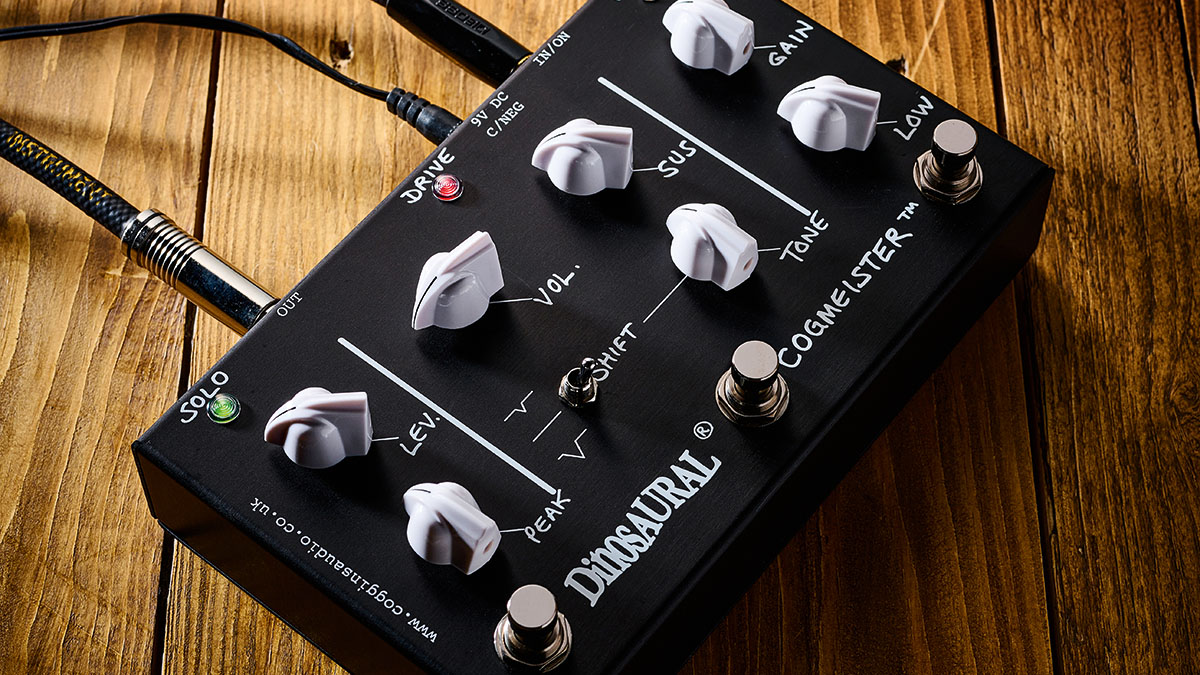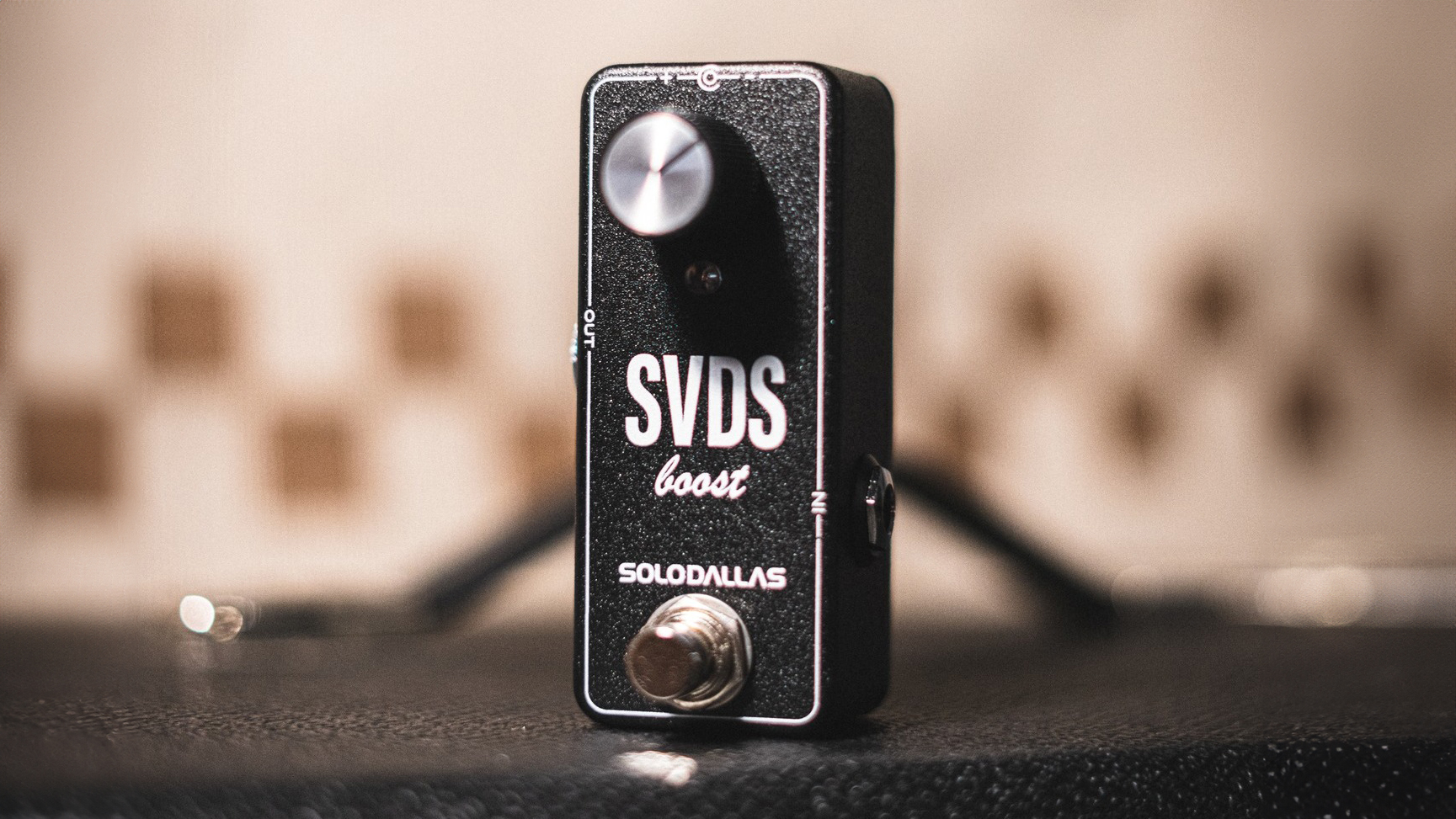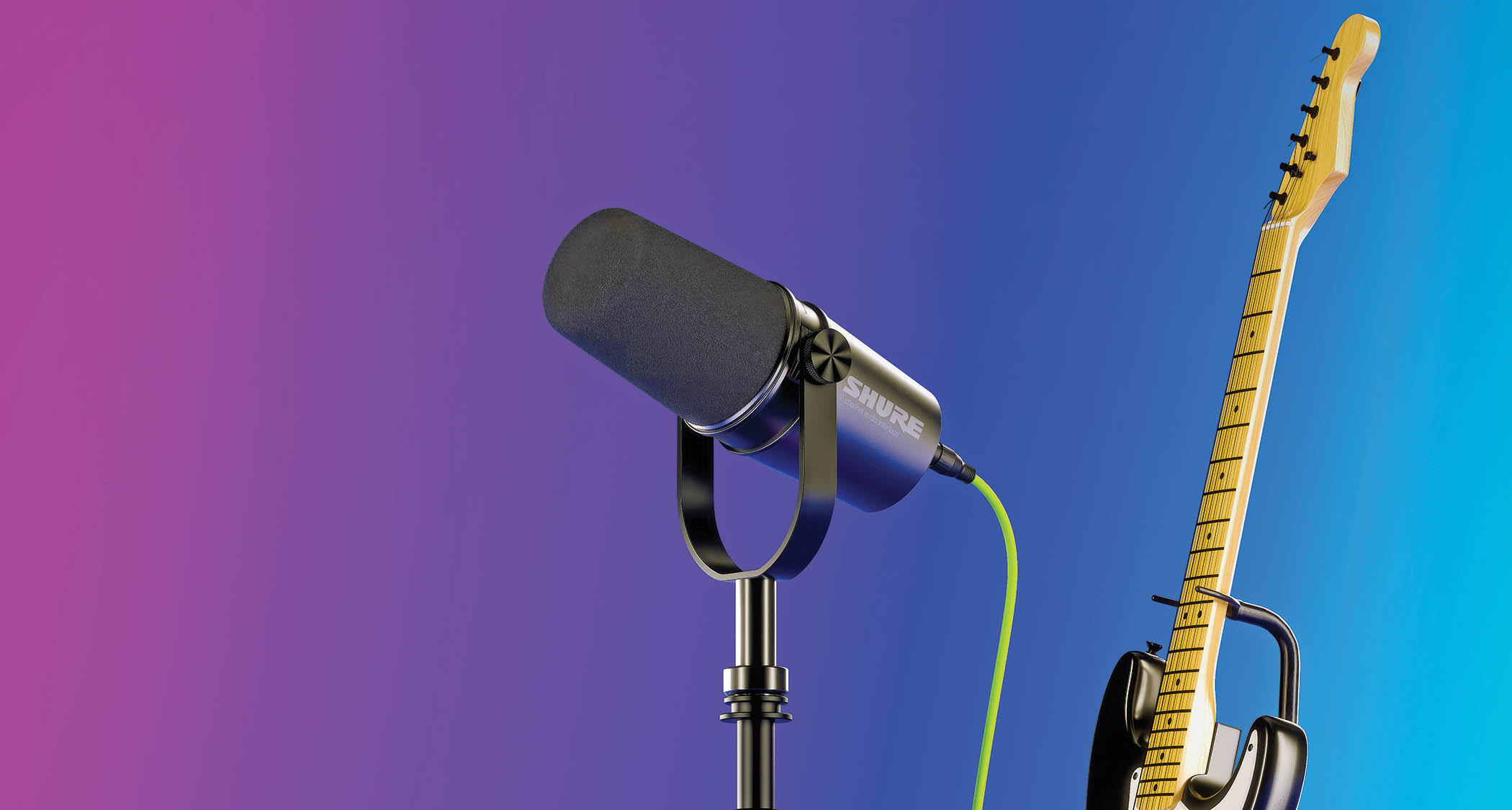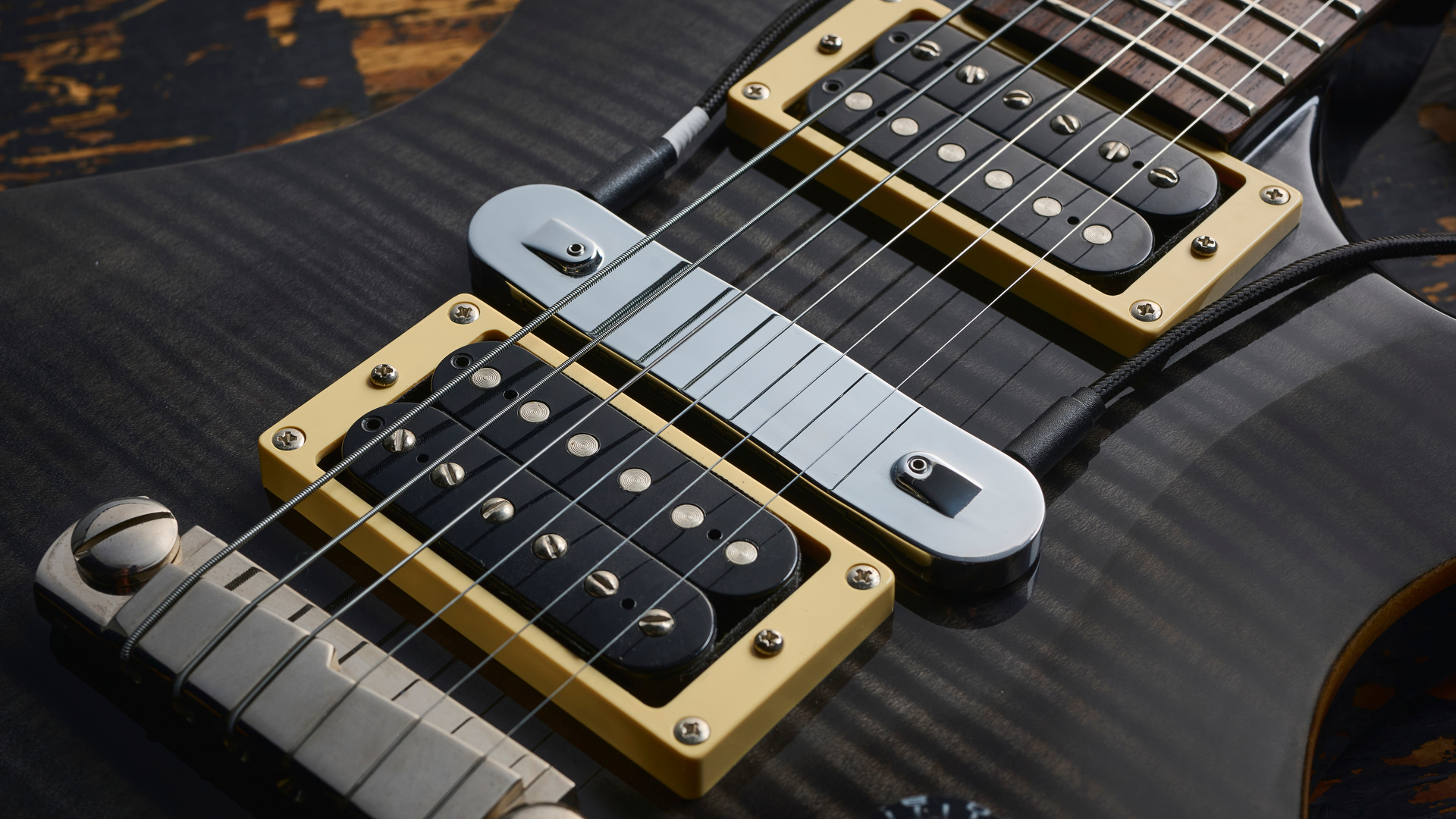Guitar World Verdict
The Cogmeister is an excellent pedal. While there are plenty of dual-drive pedals around, to put three gain sections into one pedal is inspired. Individually, these three will all work flawlessly with your amp, each bringing a different gain voice element to it, but in combination they can all slot together brilliantly, each stage complementing its neighbour(s) and taking the sound to the next level.
Pros
- +
Great sound.
- +
Easy to use control layout;
- +
Three complementary effects in one box.
- +
Just one power cable (or battery) needed for (effectively) three pedals.
Cons
- -
Nothing.
You can trust Guitar World
When it comes to choosing boost and drive pedals to work together in a signal chain, there are an awful lot of options out there and it can be a bit hit and miss putting some favourite individual pedals together on a ’board to see what works best.
Take the case of using three pedals to build up your gain staging – perhaps for clean boost, crunch and lead, or maybe loud, louder and loudest. If that’s your game, the Cogmeister may just provide everything you need in one place; it’s a three-in-one gain pedal with individually footswitchable Push, Drive and Solo sections designed to perfectly complement each other.
The Cogmeister is the brainchild of Dan Coggins, the designer behind the Lovetone pedals that first started appearing in the 1990s and are now sought-after high-ticket collector’s items. Dan founded Dinosaural in 2002, producing the Tube Bender, but took a break from pedal building in 2008, starting up again in 2012 with the likes of the OTC-201 Opti Compressor and OPA-101 Overdriven Pre-Amp.
Around that time Dan met Adrian Thorpe, who was thinking of starting the ThorpyFX brand, and got involved with the project, eventually starting full-time work with Thorpy in 2020.
That year was when Dan first put together a prototype of the Cogmeister and used it at gigs, making tweaks along the way before finally getting to the production version we have here. Initial runs were handmade by Dan on his kitchen table, but it was hard to keep up with demand.
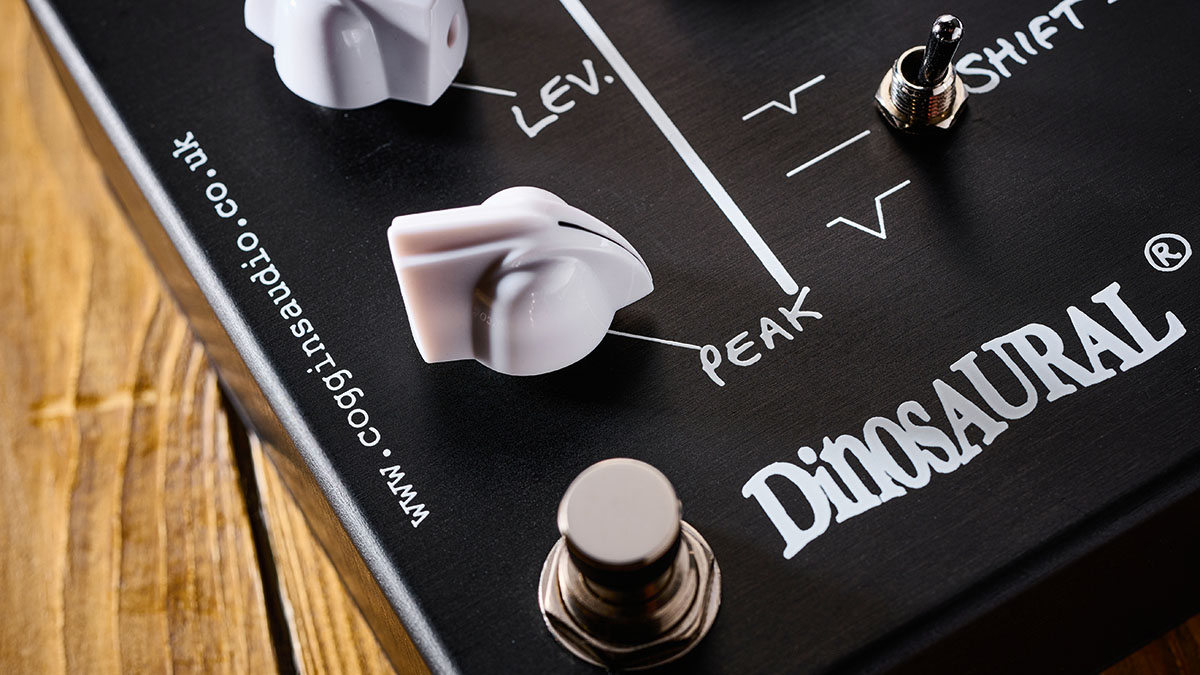
However, the Thorpy connection has proved very useful in the Cogmeister story as the pedals are now being made on a sub-contract basis by Thorpy and should be readily available – all are still individually tested by Dan who procures the parts for them.
In Use
The pedal is nicely laid out with the three gain sections clearly delineated. Each section has its gain or level controls located on the top row of chickenhead knobs, while the tonal shapers are all located on the bottom row – we include the Peak knob as one of those, although it actually adjusts both bandwidth and gain.
On Dan’s advice, we initially set all the controls for 12 o’clock and just dived in, switching the various sections in and out. At these settings the unit is immediately impressive and reveals what it is capable of as each section interacts with the next, whetting the appetite for setting the controls to best suit your rig.
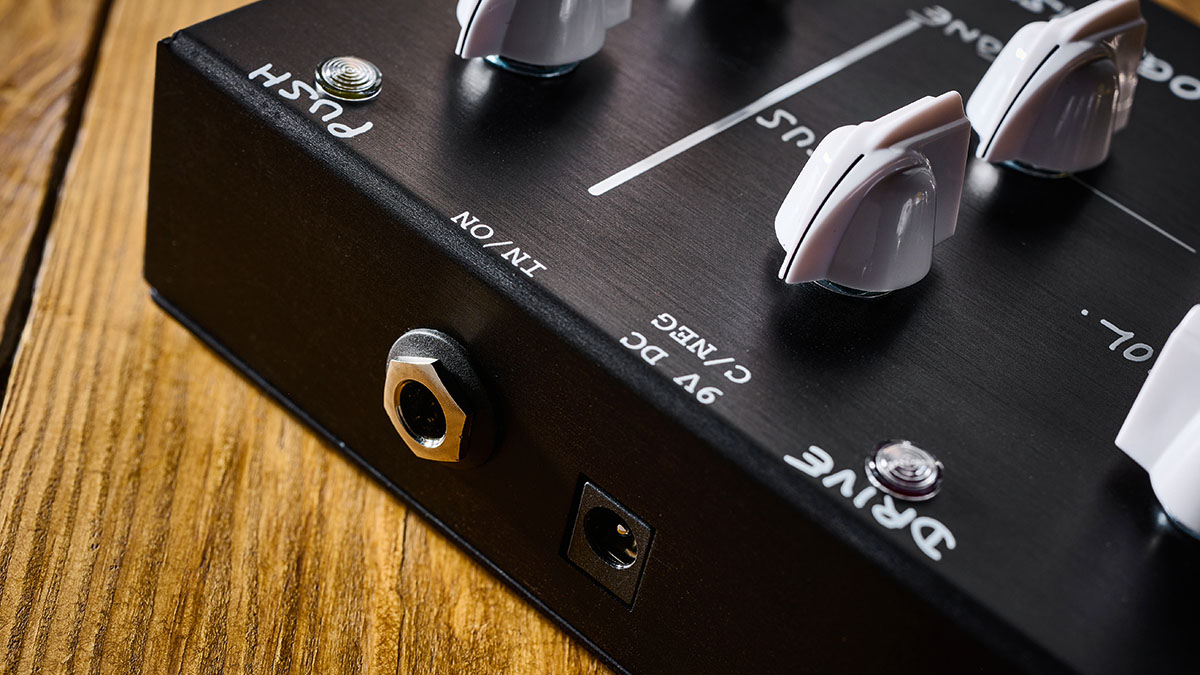
Starting in correct signal-chain order from right to left, the Push section is a late-60s-style single silicon transistor treble booster that basically excites the upper midrange and is designed to push anything that comes after it.
One knob turns up the gain, and the Low knob adjusts the bandwidth – at its minimum position this is all treble booster, but advancing the knob brings in low frequencies until you get a full-range boost. It works great on its own, hitting the front-end of clean or dirty amps, but it also builds in enhancement and extra gain to subsequent Cogmeister stages.
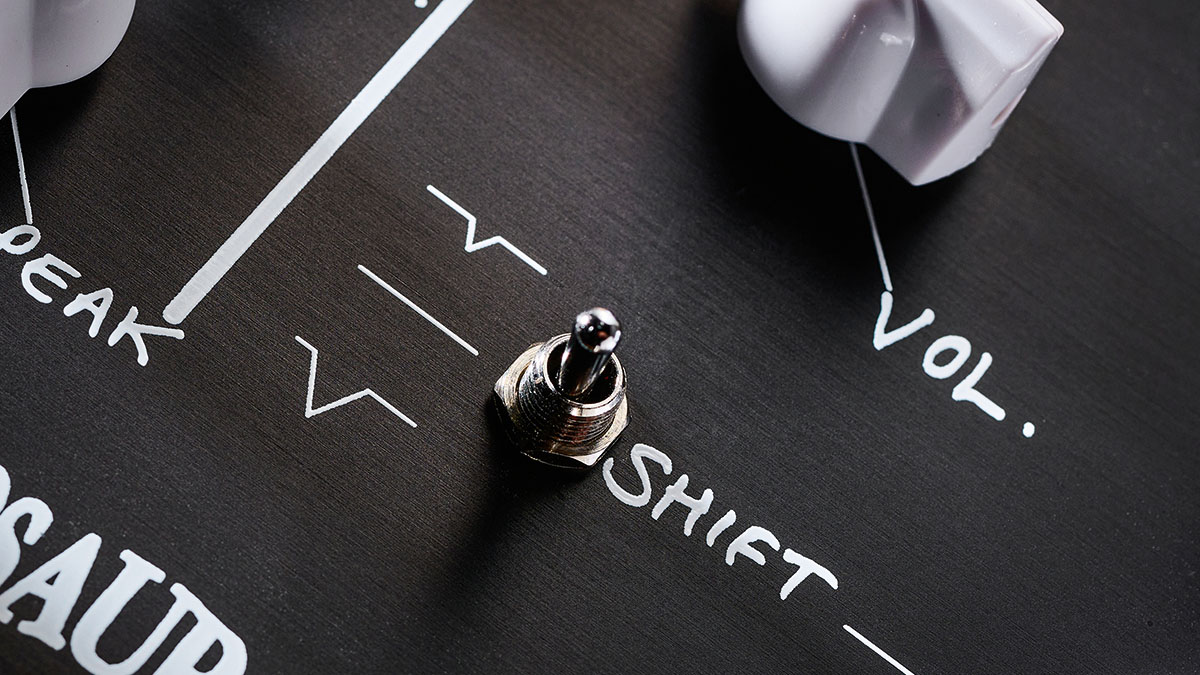
The next in line is the transistor-based Drive section at the heart of the pedal, which is actually a refined version of the Dinosaural Tube Bender circuit. Here, different tonal options are provided by a three-position Shift switch linked to the Tone knob that brings in three distinct midrange contours. There’s a flat setting with a full midrange that’s reminiscent of a ’60s-vintage Marshall.
Alternatively, you can have a midrange scoop with a distinct Fender amp flavour or a smaller midrange scoop that fits in somewhere between the two. All of these can be tweaked by the potent Tone knob that can dial in a perfect balance between low and high to suit your rig.
There are some fine low-level drive tones to be found here, but beyond those the Sustain knob will run the whole gamut to the full-on throaty distortion you’d get from a driven valve amp; kicking in the Push can get this to really sing.
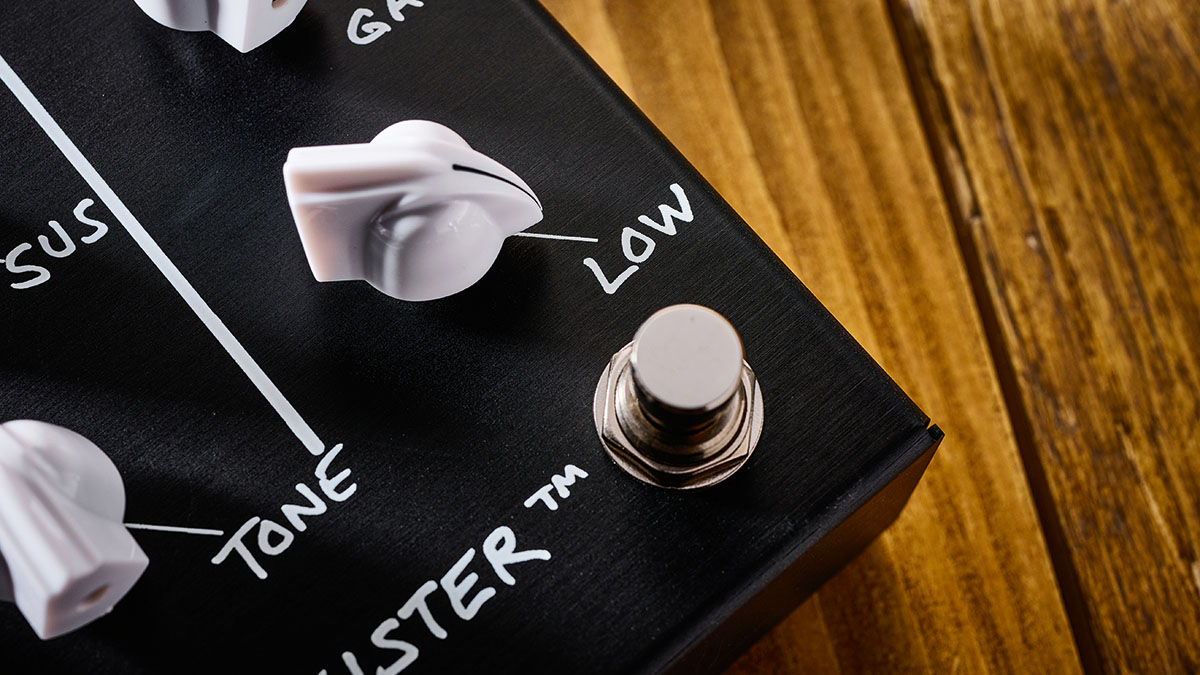
The two-knob Solo section, using Zener diode clipping, is last in the signal chain and its Level knob acts as an overall output level for the whole pedal. It starts from zero volume, so you can use this section as a kill switch if desired.
The Peak knob combines an increase in gain with midrange boost, offering sharpened emphasis in a crucial frequency range that gives the sound more presence and clarity.
We really liked it on its own in front of an amp as a kicked-in boost to add extra pokiness and drive, but we’d happily use it as an always-on tone conditioner. It also works brilliantly as an adjunct to the Drive section by adding in that extra whomp needed to lift solos beyond your rhythm sound. Without the drive engaged, you can also conjure up some edgy crunch tones by combining the two boosts.
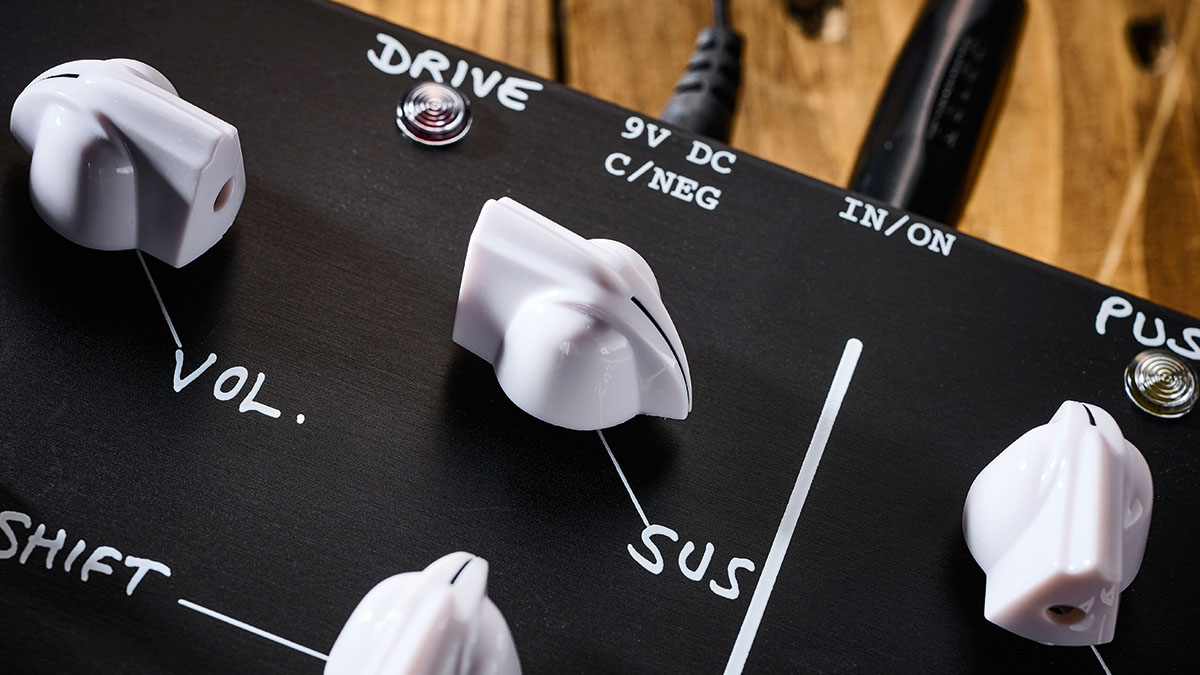
The prime use of the pedal would be for gigging, setting up each stage to work with the next to be used, singly and in combination when needed. It truly excels in that role, bringing in the different elements as and when required, and could quite likely provide all your gain needs for the stage.
It’s certainly a great buy if playing classic rock is your thing, but there’s more to this pedal than that. All or selected sections can be used to build a composite sound; think of it like a construction kit of dirt sounds – basically a gain powerhouse that’s capable of a wide range of sounds including some vintage fuzz tones.
Specs
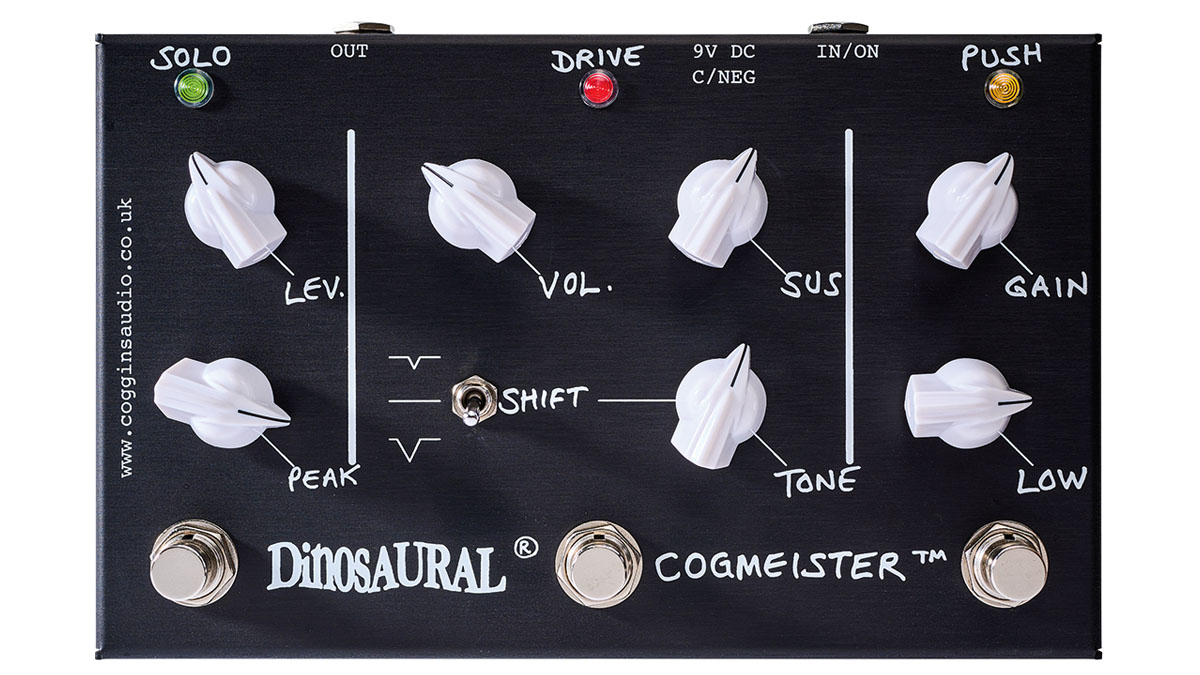
- PRICE: £299 (£359 in UK, VAT inclusive)
- ORIGIN: UK
- TYPE: Boost/drive pedal
- FEATURES: True bypass
- CONTROLS: Push Gain, Push Low, Drive Volume, Drive Sustain, Drive Tone, EQ Shift switch, Solo Level, Solo Peak, Push footswitch, Drive footswitch, Solo footswitch
- CONNECTIONS: Standard input, standard output
- POWER: 9V battery or 9V -12V DC adaptor 7-16mA
- DIMENSIONS: 185 (w) x 118 (d) x 50mm (h)
- CONTACT: Coggins Audio
Trevor Curwen has played guitar for several decades – he's also mimed it on the UK's Top of the Pops. Much of his working life, though, has been spent behind the mixing desk, during which time he has built up a solid collection of the guitars, amps and pedals needed to cover just about any studio session. He writes pedal reviews for Guitarist and has contributed to Total Guitar, MusicRadar and Future Music among others.
“Its superpower is punching your guitar tone with presence, thickened gain and sustain”: SoloDallas SVDS Boost review
“Jimi was staying at a hotel in Times Square. He had his hair set in pink curlers and we would just talk band drama”: Electro-Harmonix founder Mike Matthews on befriending Hendrix, booking Chuck Berry and the birth of pedal culture
